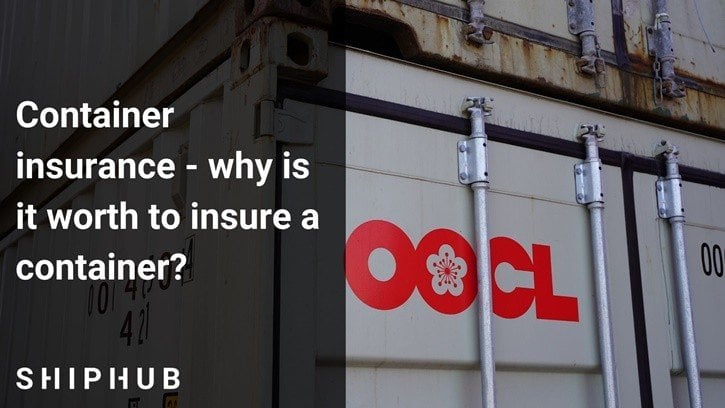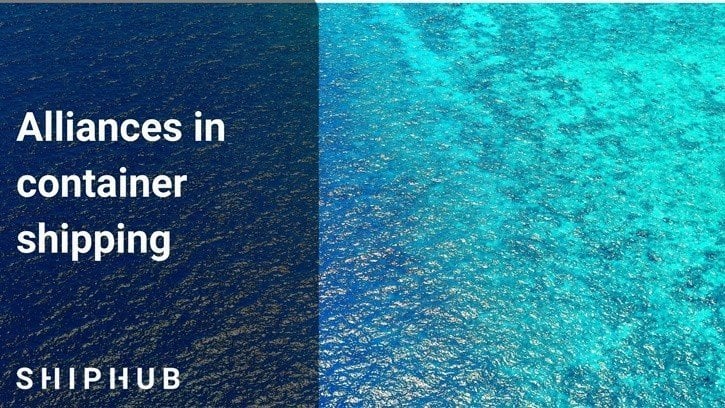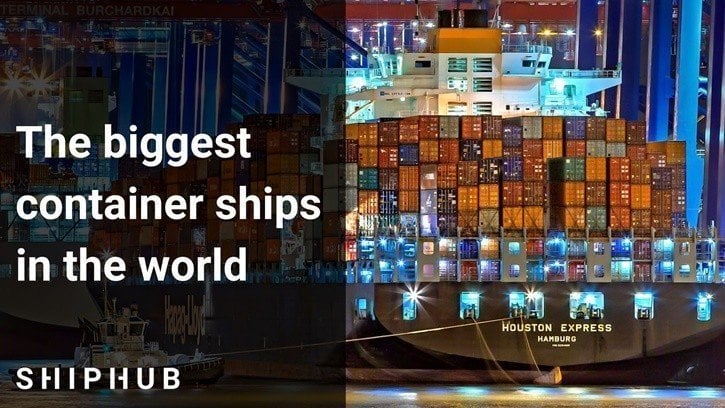Seals are an integral element of transport, mainly used for protection. The use of seals in transport significantly improves shipping safety. Container seals can be used not only for sea transport but also for road or rail transport.
What are container seals?
Container seals are also often called bottled seals. They are valued for one of the highest levels of security they provide. They are used primarily for sealing container doors in road, rail and sea transport. They demonstrate above all, extraordinary durability, which prompts importers to use them also during the storage of goods.
In the event of theft or intentional manipulation, seals will provide irrefutable evidence of unwanted actions.
The increased amount of cargo sent by numerous ports both in Europe and in China requires the use of appropriate container seals.
Types of seals
The seals can be different. Below you can see the different types of seals.
- Plastic seal – a type of seal that contains a plastic or metal lock placed on the so-called flag. Has so-called a plastic “mustache” that must be pulled through the two holes for protection and then pulled to the very end. The closed seal can’t be opened again without the possibility of damage or destruction.
- Bolt seal – a container seal, made of durable plastic or steel. To open the seal, it must be destroyed.
- A lead seal – a seal, used by customs and military.
- Sticker seal (warranty, VOID) – warranty seal, which leaves a mark in the form of the VOID OPEN sign when attempting to detach.
- Cable seal – the type of seal used to secure water meters and meters. It is characterized by a plastic bobbin to which a steel cable is attached.
What characterizes container seals?
Container seals are made of the highest class of materials. What is more, they are rustproof and have a high degree of tensile strength. Container seals usually do not constitute a problem when setting up; they are durable and solid while ensuring the safety of the transported container.
Benefits when using container seals
The view of a sealed container should deter potential thieves. Besides, seeing that the goods in the container are sealed, we can be aware that it has not undergone any manipulation. Seeing that the products in the container are sealed, we can be aware that it has not undergone any manipulation.
The seal gives the customer a guarantee that the goods have not been opened since loading. When the seal is changed on the way, we should put the appropriate information on CMR (international waybill).
The driver, during the receipt of the goods, should check first whether the goods are properly sealed. We should also check the seal numbers, and any discrepancy should be reported to the person managing the transport.
Rules
It is very important to comply with certain regulations when securing the goods. During loading, follow the below scheme:
Loading of goods -> securing of goods -> placing a seal -> writing a seal number on CMR or other documents -> keeping documents with you.
When unloading the goods, the scheme is as follows:
Arrival to the customer -> checking the seal and documents -> allowing the customer to verify the seal and documents -> breaking the seal -> unloading the goods.
When picking up goods in a port, you must:
Checking whether documents are required for picking up -> checking the seal and the customs line -> checking the number of the seal on the paper -> when everything is good, going to unloading.
At the time when the seal differs from the one presented on the paper, we should contact the customer, check the losses and any damage in the goods, what is the condition of the semitrailer and follow the instructions of the transport manager.
Safety
It is worth remembering such small issues as the sealing of the container. This gives the client a sense of security and will avoid unwanted material losses.





